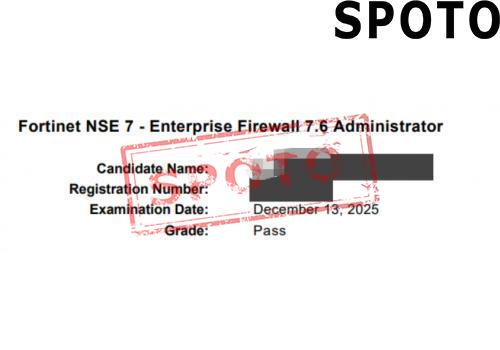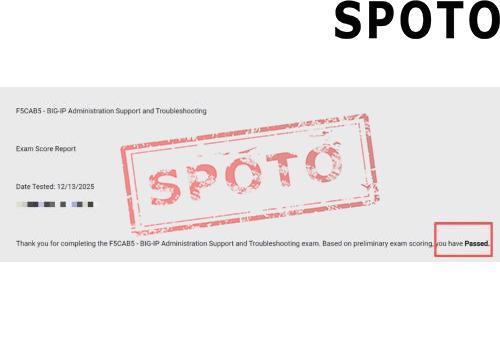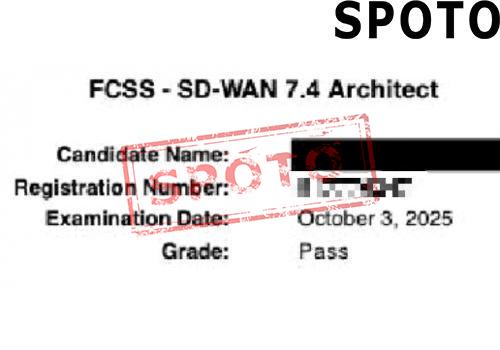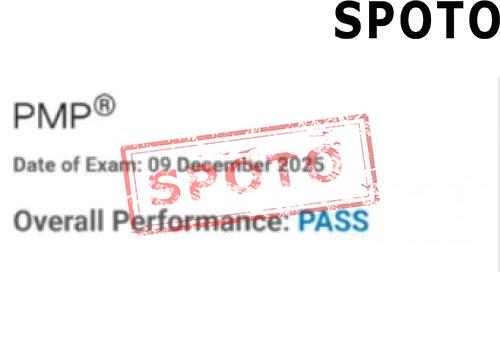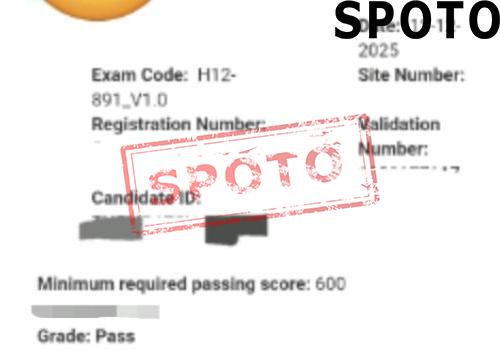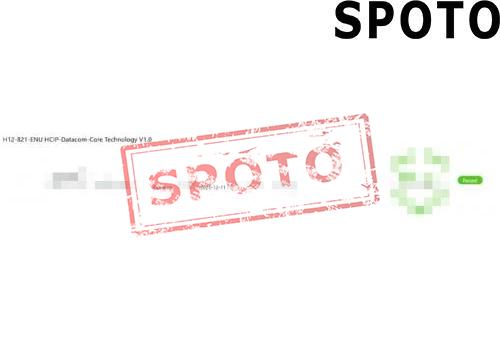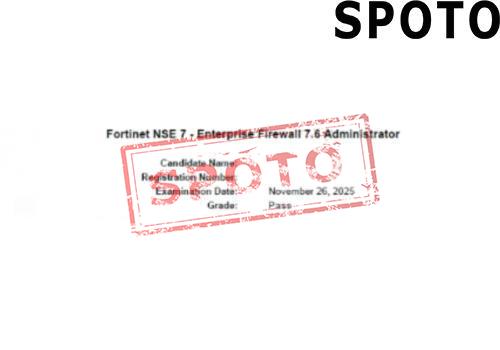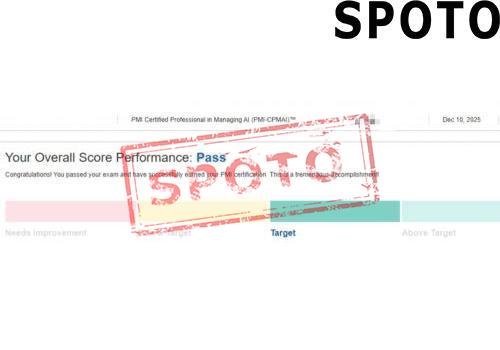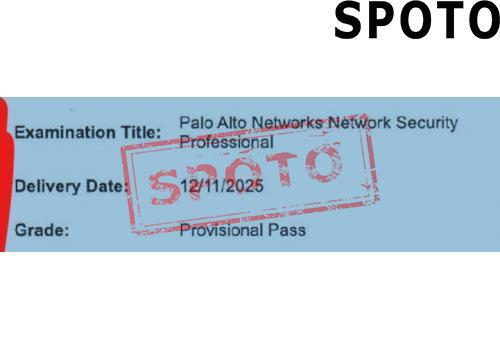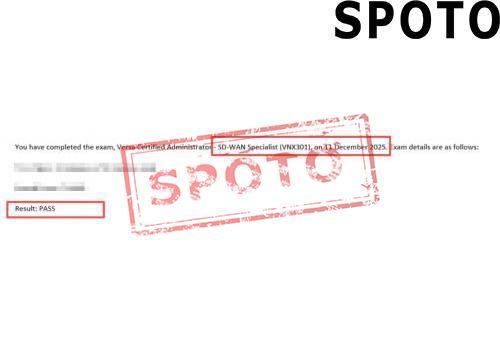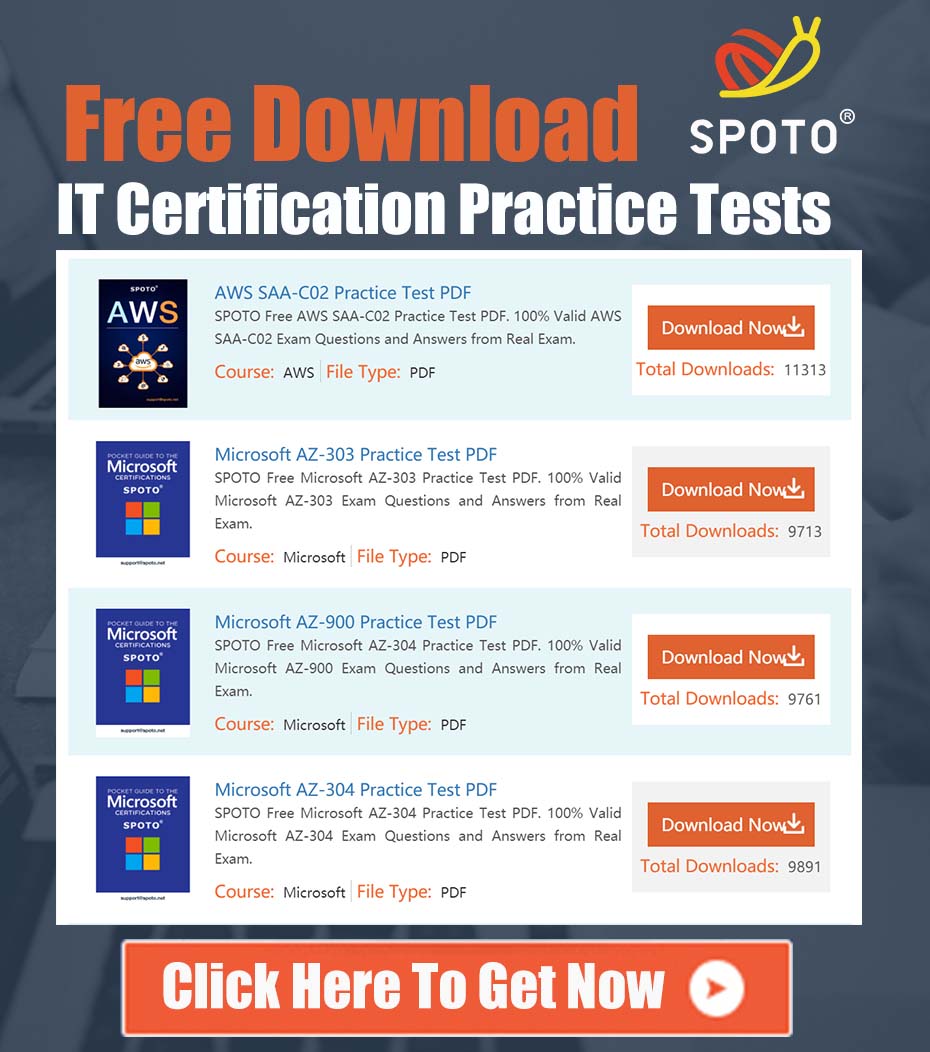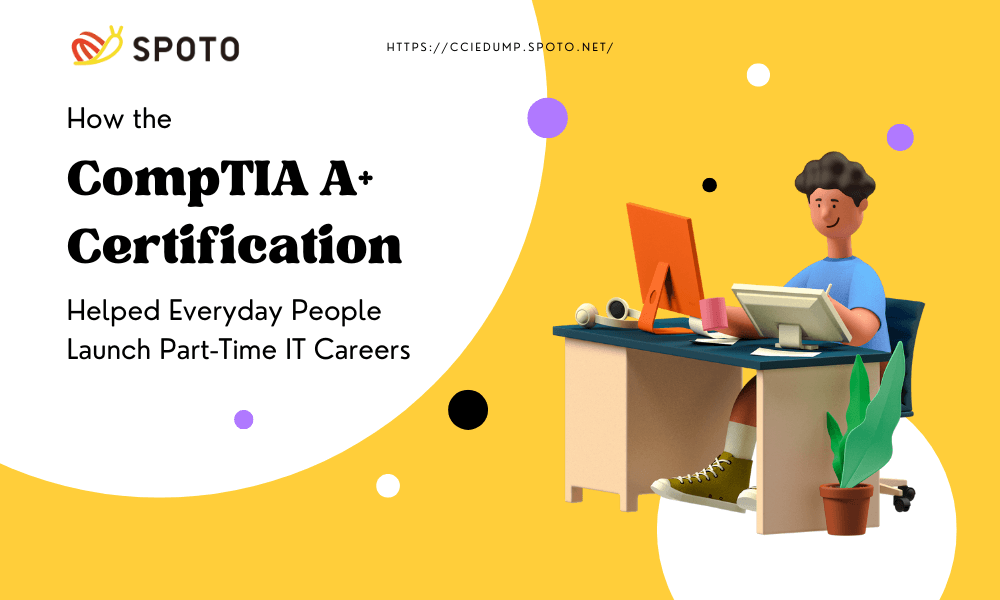
Table of Contents
- Introduction: The Real-Life Appeal of Part-Time IT Work
- Case Study 1: Ben – From Warehouse Worker to Weekend Tech Support
- What Exactly Is CompTIA A+ and Why It Works
- Case Study 2: Anna – A Stay-at-Home Parent Making Time for Tech
- How to Go From Zero to Paid Part-Time Tech Work
- Realistic Earnings: What Can You Make?
- Case Study 3: Carlos – University Student Building a Portfolio
- What's Next After A+?
- Conclusion: Real People, Real Paths, Real Results
Introduction: The Real-Life Appeal of Part-Time IT Work
For many, the idea of working part-time in IT feels out of reach, reserved for tech-savvy experts or those with a computer science degree. But in reality, thousands of people are discovering that you don't need a formal background to break into the tech world. Thanks to certifications like CompTIA A+, launching a flexible, part-time IT career is not only possible—it's happening every day.
Whether you're a warehouse worker, a stay-at-home parent, or a university student, this globally recognized certification can open doors to meaningful, well-paying part-time roles. In this article, we'll walk through real-world case studies, break down the certification's value, and show you exactly how to turn your interest in tech into extra income—starting today.
Case Study 1: Ben – From Warehouse Worker to Weekend Tech Support
Ben, 29, spent most of his days moving boxes in a distribution center. Although he had always been interested in computers, he had never considered them as a career path. After stumbling across a YouTube video about CompTIA A+, he decided to give it a shot.
He studied at night using free resources and spent weekends experimenting with his old laptop. Within three months, he passed both A+ Core exams. Shortly after, he landed his first freelance gig on Upwork, assisting a small business with troubleshooting its network.
Ben now makes $500–$700 per month doing remote IT support on weekends and is currently studying for the Network+ certification. His long-term goal: transition into full-time tech work—but on his terms.
What Exactly Is CompTIA A+ and Why It Works
CompTIA A+ is a vendor-neutral, entry-level certification that teaches the essential skills needed to launch a career in IT support. It covers:
- Computer hardware and peripherals
- Operating systems (Windows, macOS, Linux)
- Basic networking and security
- Mobile devices and cloud technologies
- Troubleshooting and problem-solving
To get certified, you must pass two exams:
- 220-1101 (Core 1): Hardware, mobile devices, networking, virtualization.
- 220-1102 (Core 2): Operating systems, security, troubleshooting, professionalism.
What makes A+ so powerful is its practical focus. It teaches the real skills used every day by help desk staff, field technicians, and remote IT support specialists. And because it's widely recognized by employers, it gives you instant credibility—even if you're just starting out.
Case Study 2: Anna – A Stay-at-Home Parent Making Time for Tech
Anna had been out of the workforce for years, raising two young kids. She wanted to contribute financially but needed something that could fit around her family schedule. After reading about remote IT roles, she decided to pursue CompTIA A+.
Using just two hours a day during nap time, Anna studied with a structured SPOTO course and took practice tests online. She passed the exams in four months.
With her A+ credential, Anna offered part-time tech support to a nearby medical clinic two mornings per week. She also took on small freelance jobs like virus removal and PC cleanup via Facebook groups.
Anna now earns $600/month and is studying for Security+, with plans to work more hours when her kids start school.
How to Go From Zero to Paid Part-Time Tech Work
You don't need to wait years to break into the IT industry. Here's a realistic roadmap to go from no experience to earning income:
Step 1: Choose the Right Learning Materials
- Free options: Professor Messer (videos), ExamCompass (quizzes), Reddit (community support)
- Paid options: Udemy, Jason Dion practice tests, CompTIA's official Learn+
Choose what fits your learning style and schedule. Many complete both exams in 3–5 months with just 1–2 hours of study per day.
Step 2: Pass the Exams
Each exam costs around $246, but CompTIA often offers bundle discounts, especially for students and veterans. Schedule the test at a local center or take it online at home with proctoring.
Step 3: Build Real-World Practice
Even if no one is paying you yet, you can:
- Set up a home lab with old laptops and virtual machines.
- Volunteer for friends, family, or local nonprofits.
- Write about your troubleshooting process on LinkedIn or a personal blog.
Step 4: Find Your First Gigs
Look locally and online:
- Fiverr, TaskRabbit, Craigslist: Offer "basic tech help" services.
- Facebook community groups: Post about virus cleanup, printer setup, or laptop repair.
- Upwork: Set up a profile for remote IT support—many clients hire beginners with low rates and strong communication.
Start small, build reviews, and raise your rates over time.
Realistic Earnings: What Can You Make?
In the early stages, part-time A+ holders typically earn:
| Role | Hourly Rate | Monthly (10–20 hrs) |
|---|---|---|
| Freelance tech support | $20–$30/hr | $400–$800 |
| Local break/fix work | $25–$40/hr | $500–$1,200 |
| Remote help desk | $15–$25/hr | $300–$700 |
Your actual earnings depend on time availability, location, and how well you market your services. Some A+ certified techs even build full client rosters within 6–12 months.
Case Study 3: Carlos – University Student Building a Portfolio
Carlos, 21, was studying business in college but wanted tech skills for the future. He took A+ as a side project during his winter break.
He posted on Reddit's r/techsupport, answered questions for free, and built his confidence. After getting certified, he found a part-time job managing software installs at a local school.
Now, Carlos earns enough each month to cover rent and is considering switching majors to Information Systems. A+ gave him a low-risk way to test the waters before fully committing.
What's Next After A+?
Once you're confident with A+, there are many paths to grow:
- CompTIA Network+ – for more advanced networking jobs
- CompTIA Security+ – enter cybersecurity roles
- Microsoft 365 Fundamentals – specialize in Office/cloud services
- Google IT Automation with Python – add automation and scripting skills
Each new skill expands your freelance offerings and increases your hourly rate.
Conclusion: Real People, Real Paths, Real Results
The CompTIA A+ certification isn't just a piece of paper—it's a key to opportunity. You don't need a degree, years of experience, or expensive equipment to begin your journey.
What you do need is commitment, curiosity, and a willingness to start small. Ben, Anna, and Carlos didn't wait until they were "experts" to act. They got certified, found simple ways to apply their skills, and built part-time IT careers—one task at a time.
If they can do it, so can you.
